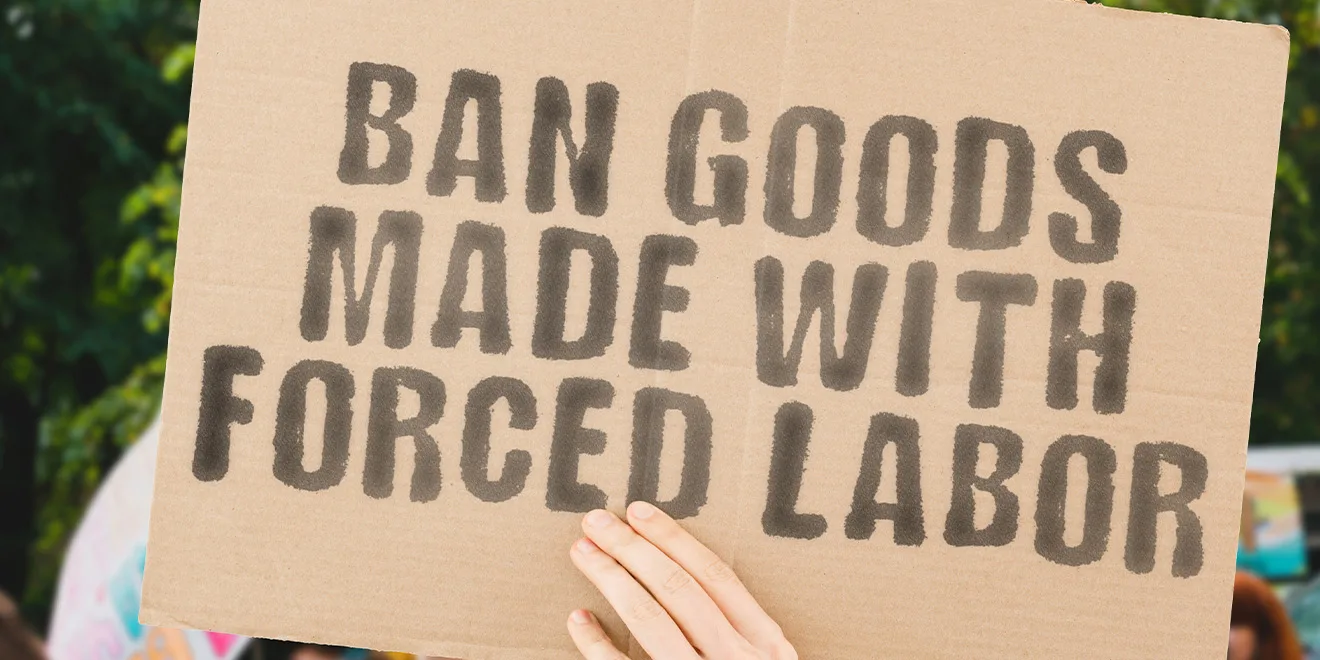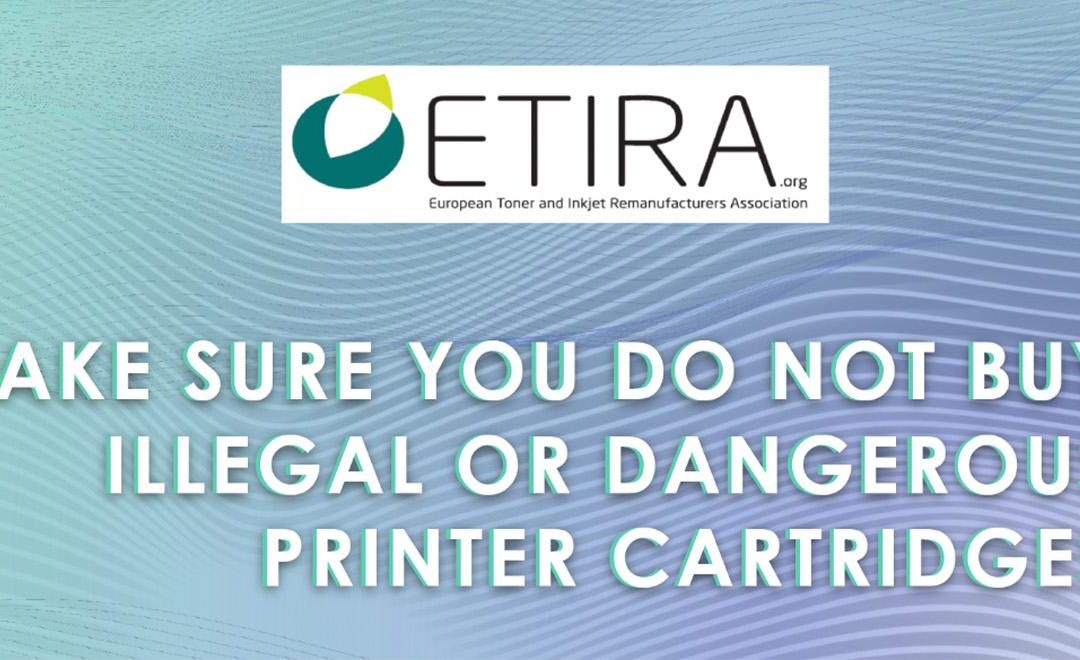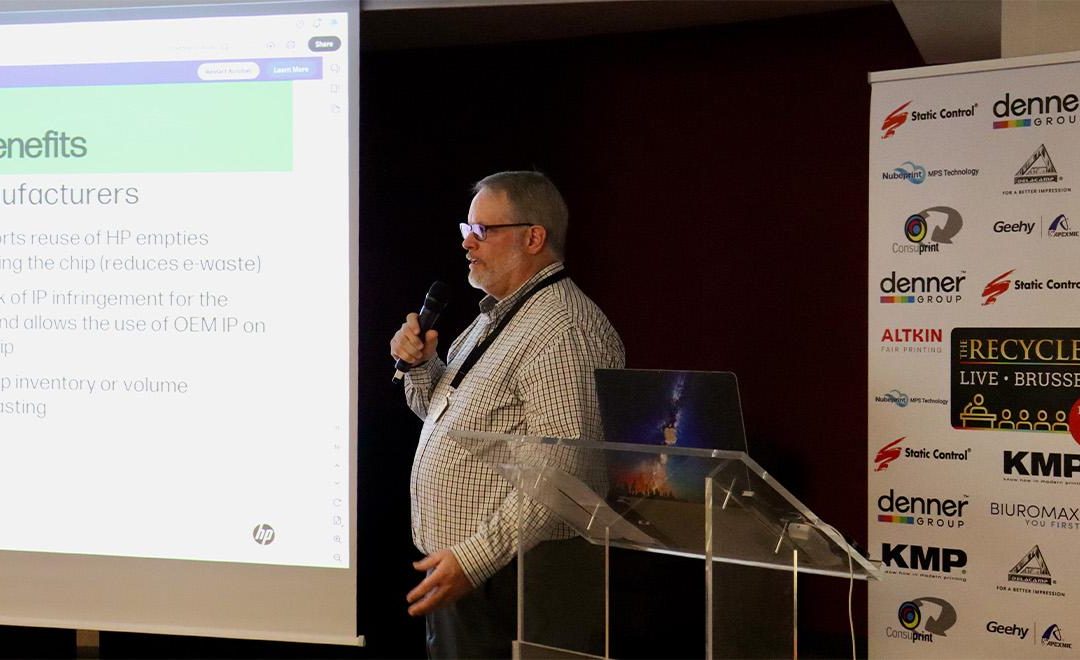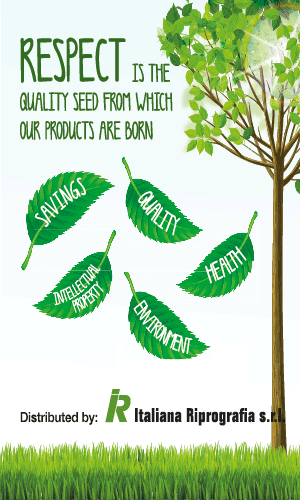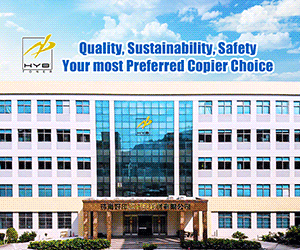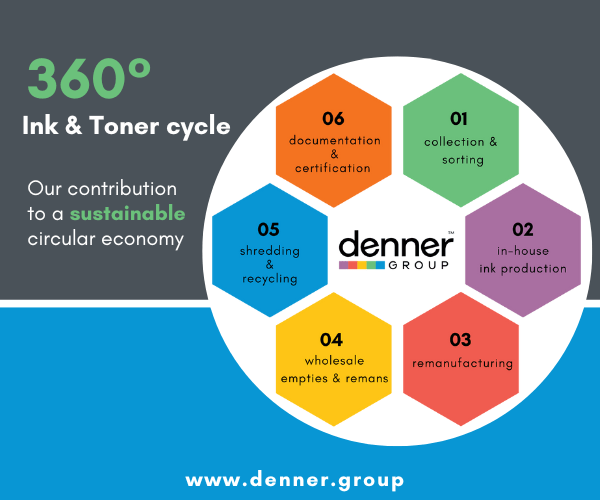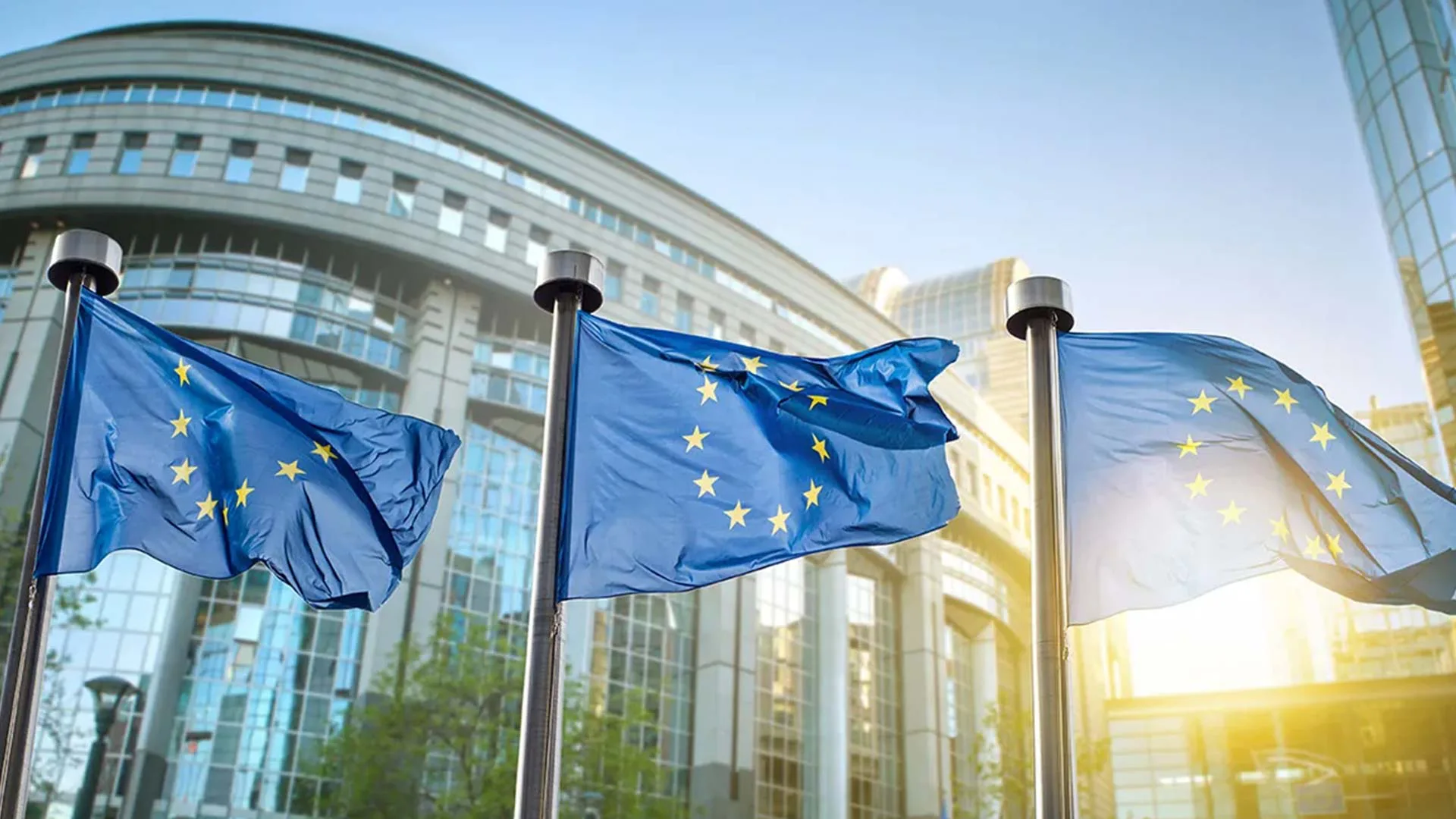 Early Tuesday, negotiators from Parliament and Council reached a provisional agreement on new rules that ban products made with forced labour from the EU market.
Early Tuesday, negotiators from Parliament and Council reached a provisional agreement on new rules that ban products made with forced labour from the EU market.
The new regulation would create a framework for enforcing this ban, including through investigations, new IT solutions and cooperation with other authorities and countries.
Investigations
According to the agreed text, national authorities or, if third countries are involved, the EU Commission, will investigate suspected use of forced labour in companies’ supply chains. If the investigation concludes that forced labour has been used, the authorities can demand that relevant goods be withdrawn from the EU market and online marketplaces, and confiscated at the borders. The goods would then have to be donated, recycled or destroyed. Goods of strategic or critical importance for the Union may be withheld until the company eliminates forced labour from its supply chains.
Firms that do not comply can be fined. However, if they eliminate forced labour from their supply chains, banned products can be allowed back on the market.
High-risk goods and areas
At Parliament’s insistence, the Commission will draw up a list of specific economic sectors in specific geographical areas where state-imposed forced labour exists. This will then become a criterion to assess the need to open an investigation.
The Commission can also identify products or product groups for which importers and exporters will have to submit extra details to EU customs, such as information on the manufacturer and suppliers of these products.
Digital tools and cooperation, including with third countries
A new Forced Labour Single Portal would be set up to help enforce the new rules. It includes guidelines, information on bans, database of risk areas and sectors, as well as publicly available evidence and a whistleblower portal. A Union Network Against Forced Labour Products would help to improve cooperation between authorities.
The rules also foresee cooperation with third countries, for example in the context of existing dialogues or implementation of trade agreements. This may include information exchange on risk areas or products and sharing best practices, in particular with countries with similar legislation in place. Commission acting as a lead competent authority may also carry out checks and inspections in third countries, if the relevant company and the government of the third country agree to it.
Co-rapporteur Samira Rafaela (Renew, NL) said: “This law is ground breaking in the field of human rights. It will prevent forced labour products from entering our market. And it has several references to remediation. It is a step forward in achieving fair trade and cleaning up supply chains, while prioritising human rights. To combat forced and state-imposed labour, we must work with like-minded partners and become a strong ally in the global fight against forced labour.”
Co-rapporteur Maria-Manuel Leitão-Marques (S&D, PT) said: “Forced labour has been a reality for too long, and it remains a reality for too many. There were an estimated 27,6 million people affected by it in 2021, mostly in the private sector, but also victims of so-called state-sponsored forced labour. The deal we reached today will assure the EU has an instrument to ban products made with forced labour from the Union market as well as to tackle various forms of forced labour, including when it is imposed by a state.”
The European Parliament and Council will now both have to give their final green light to the provisional agreement. The regulation will then be published in the Official Journal and enter into force the following day.
EU countries will thereafter have three years to start applying the new rules.


